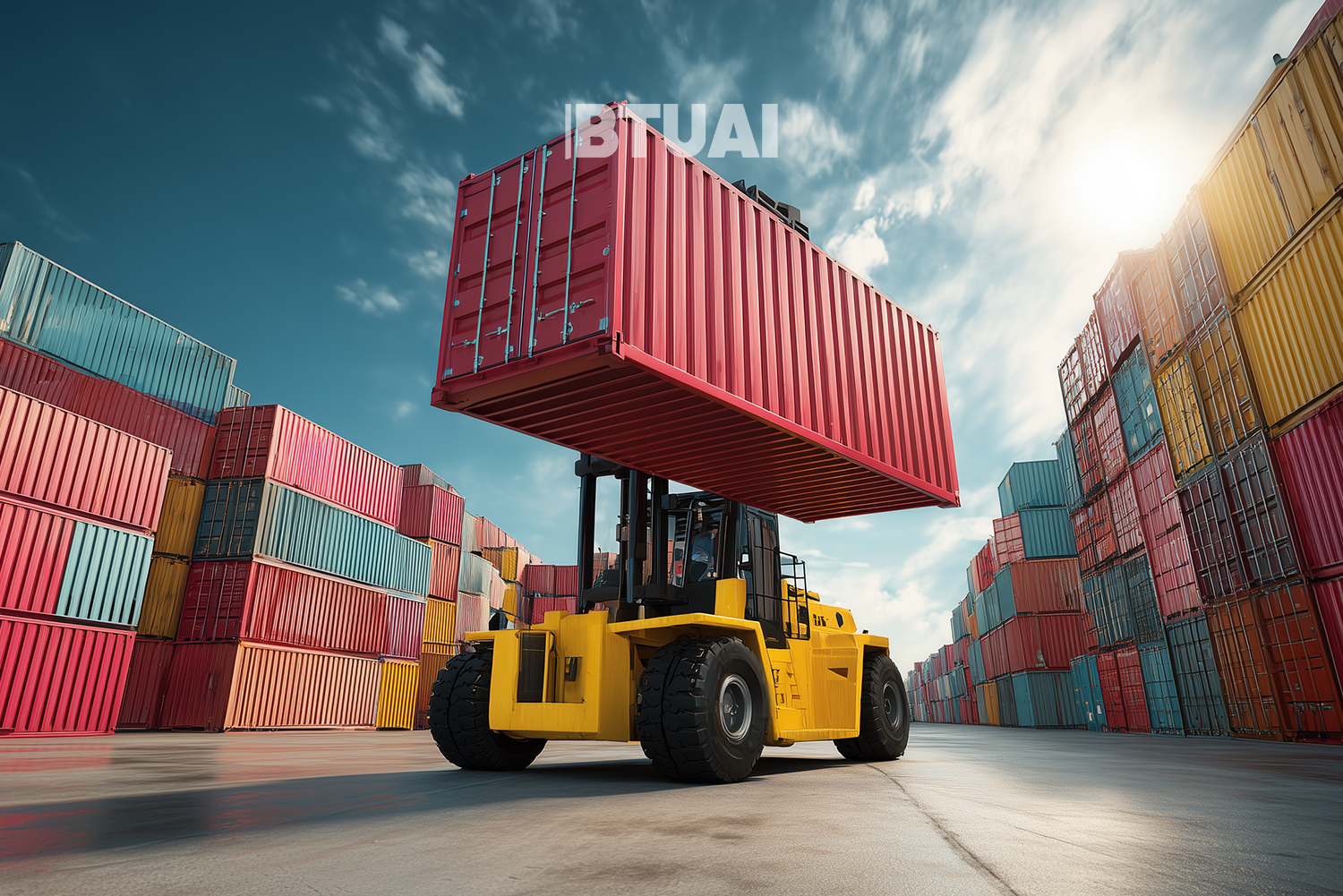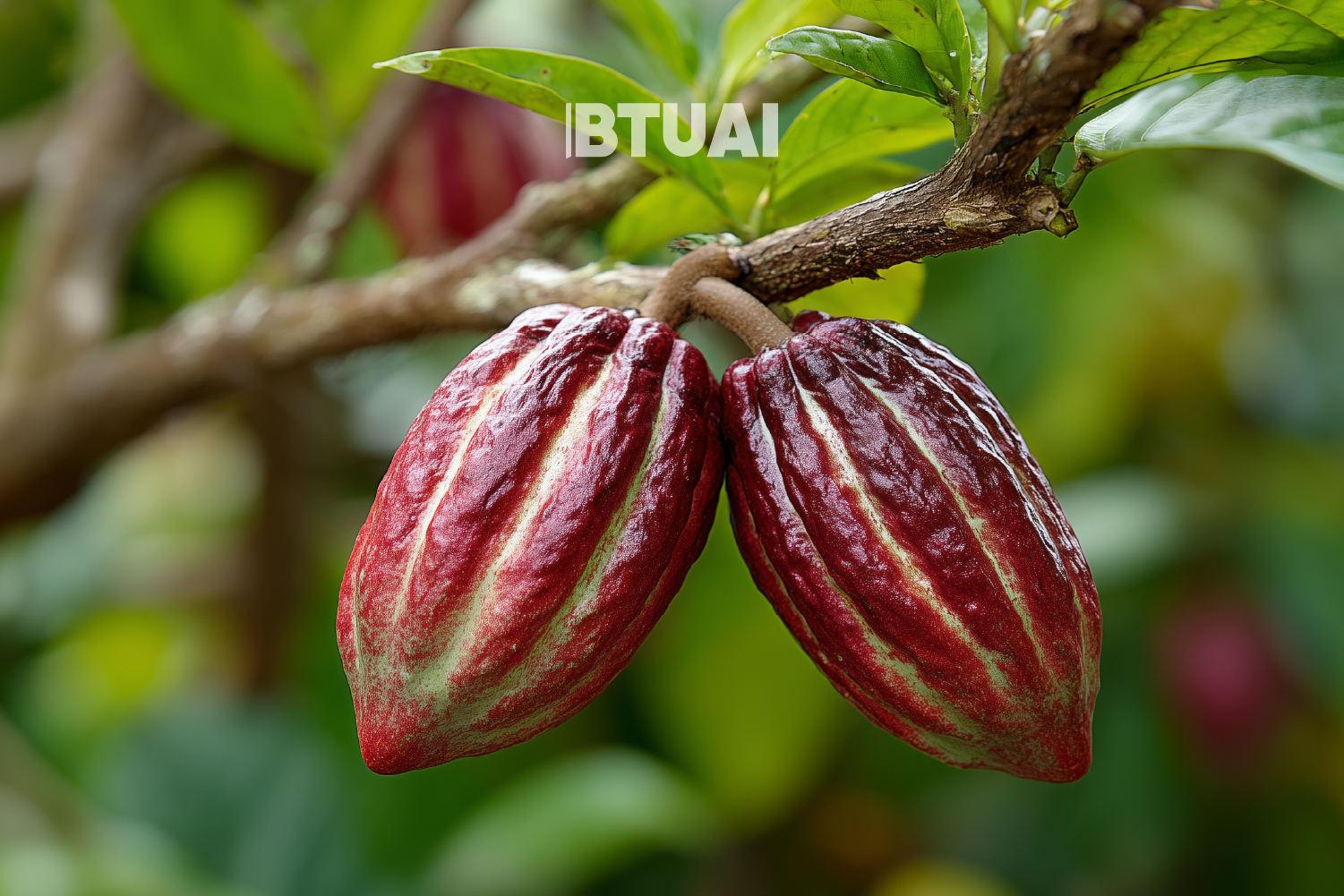Top Imports from Iran to Georgia and the Sectors with High Dependency
In 2024, Georgia imported $274 million worth of goods from Iran. While this figure does not account for a

In 2024, Georgia imported $274 million worth of goods from Iran. While this figure does not account for a large share of Georgia’s total imports, certain product categories reveal a much deeper dependency — in some cases, Iran serves as virtually the only supplier. According to absolute import value, the top five Iranian products imported into Georgia are: ceramic floor and wall tiles ($20 million), hot-rolled bars and rods of iron and non-alloy steel ($11.3 million), bars and rods in coils ($11.1 million), unplated iron and steel wire ($6.2 million), and iron/steel ingots ($5.1 million).
However, the more critical picture emerges when looking beyond volumes and assessing Georgia’s structural reliance on these specific imports. This dependency is most striking in sectors tied to construction and metallurgy. Iron and steel ingots, for instance, are 99.7% sourced from Iran, meaning local metallurgical enterprises receive nearly all of this key raw material from one country. Any disruption to this supply would not only raise prices, but also risk halting production lines. In the case of bars and rods in coils, Iran accounts for 98.7% of imports, and although this product is manufactured in many other countries, Georgia has effectively ceased purchasing it from China, Turkey, or the EU in recent years. This shift is driven by a combination of logistical costs, trade policies, and customs procedures.
Unplated iron and steel wire is 87.2% imported from Iran, and is used not only in construction, but also in mechanical fabrication and repairs. Price fluctuations in this segment often lead to postponed projects or limited substitution with more expensive European materials. Hot-rolled iron bars and rods — with $11.3 million in imports, 75.7% from Iran — are essential for reinforced concrete and structural work. Turkey was once a significant supplier, but logistical delays at the border in 2022 pushed Georgian buyers toward Iranian alternatives.
Ceramic tiles, both for floors and walls, are 80.1% sourced from Iran, making them the largest single category of Iranian imports by both volume and dependency. Builders and retail chains in Georgia have increasingly opted for Iranian tiles due to their lower prices and large availability, choosing them over European alternatives such as Italian or Spanish ceramics. While higher-end options remain available, Iran dominates the mid- and low-cost segment in volume terms.
Another product not among the top five but still indicating strong dependence is unworked iron/steel wire ropes, with imports from Iran exceeding $1.6 million and a market share of 71%. In this category, too, Turkey and the EU are marginal players, often due to differences in technical specifications or trade standards.
This shows that Georgia is particularly reliant on Iran for construction and metallurgical inputs. Factors such as simplified southbound transport routes, relatively unregulated political relations, and lower customs duties have made Iranian products cost-effective and attractive. But such reliance on narrow supply channels creates a strategic vulnerability — one that could quickly become an economic pressure point in times of crisis. All figures are based on 2024 data from the International Trade Centre (ITC).




